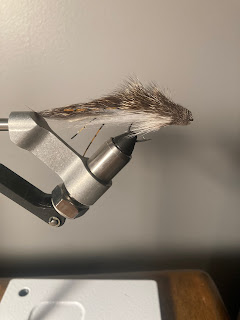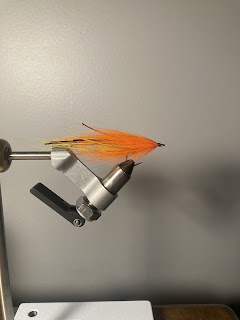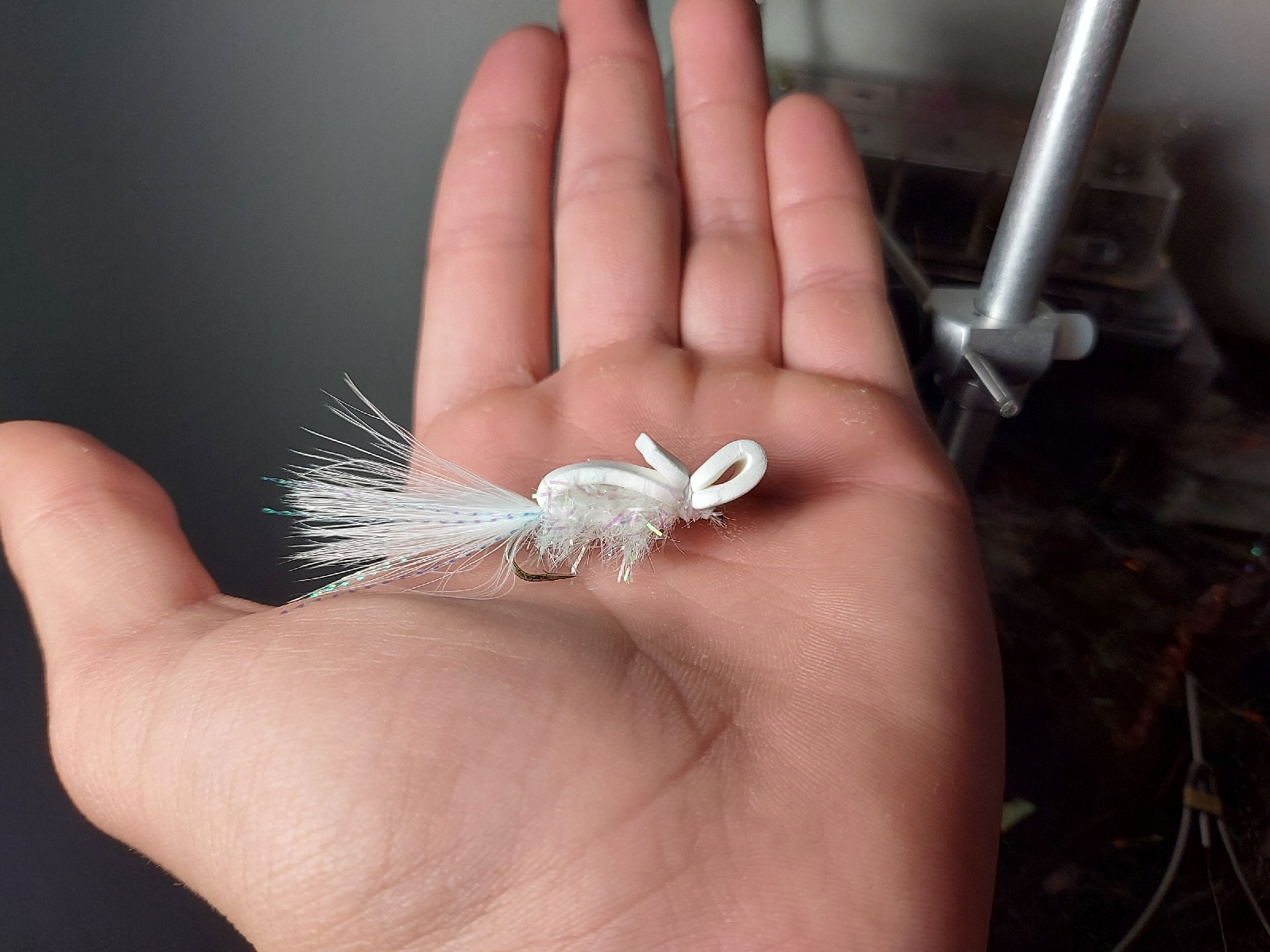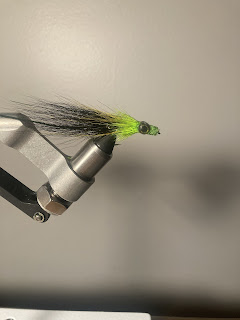Tying A Conehead Zonker: One Of The All Time Best Streamer Patterns
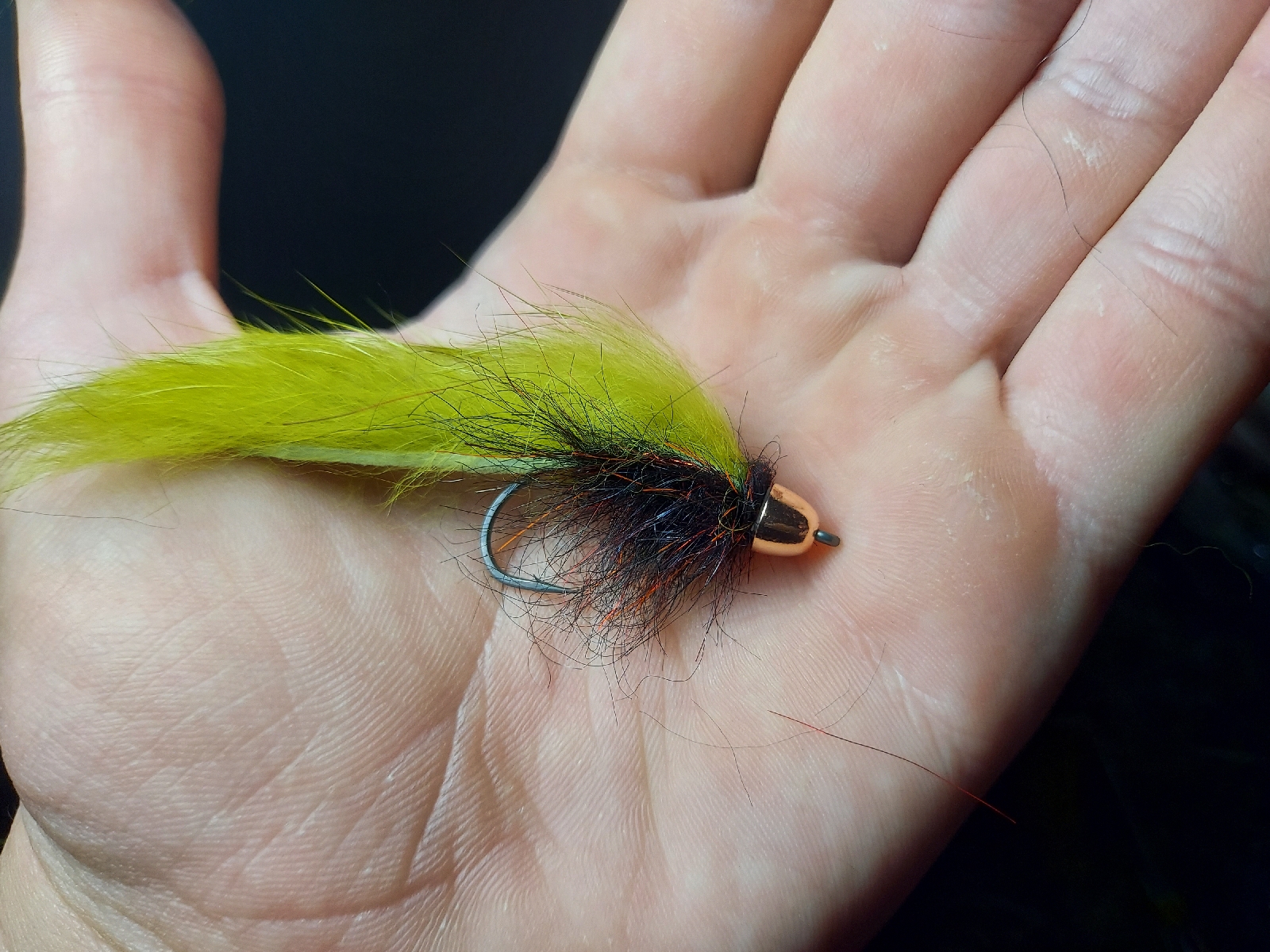
The conehead zonker is arguably the best streamer pattern ever tied. Whether you target trout, steelhead, or bass this fly is a staple for any fly box. This fly is incredibly simple and can be tied in 5 minutes or fewer making it perfect for filling boxes. Materials needed: 1. Zonker strips 2. Dubbing 3. Streamer hook, barbed or barbless 4. Conehead to fit streamer hook 5. Wire(optional) Step 1. If you plan to add wire for some extra weight do that before any of this. Start your thread base and tie in your zonker strip at one point as shown. You can wet your fingers to stroke back some of the fibers on the zonker strip to make it easier to work with. Step 2. Apply dubbing wax to your thread and spin up a dubbing loop with your choice of dub. For this fly I am using red and black simi seal. Step 3. Wrap your dubbing loop around the hook until you reach the cone head. Step 4. Bring your zonker strip over the dubbing and tie it in. ...
